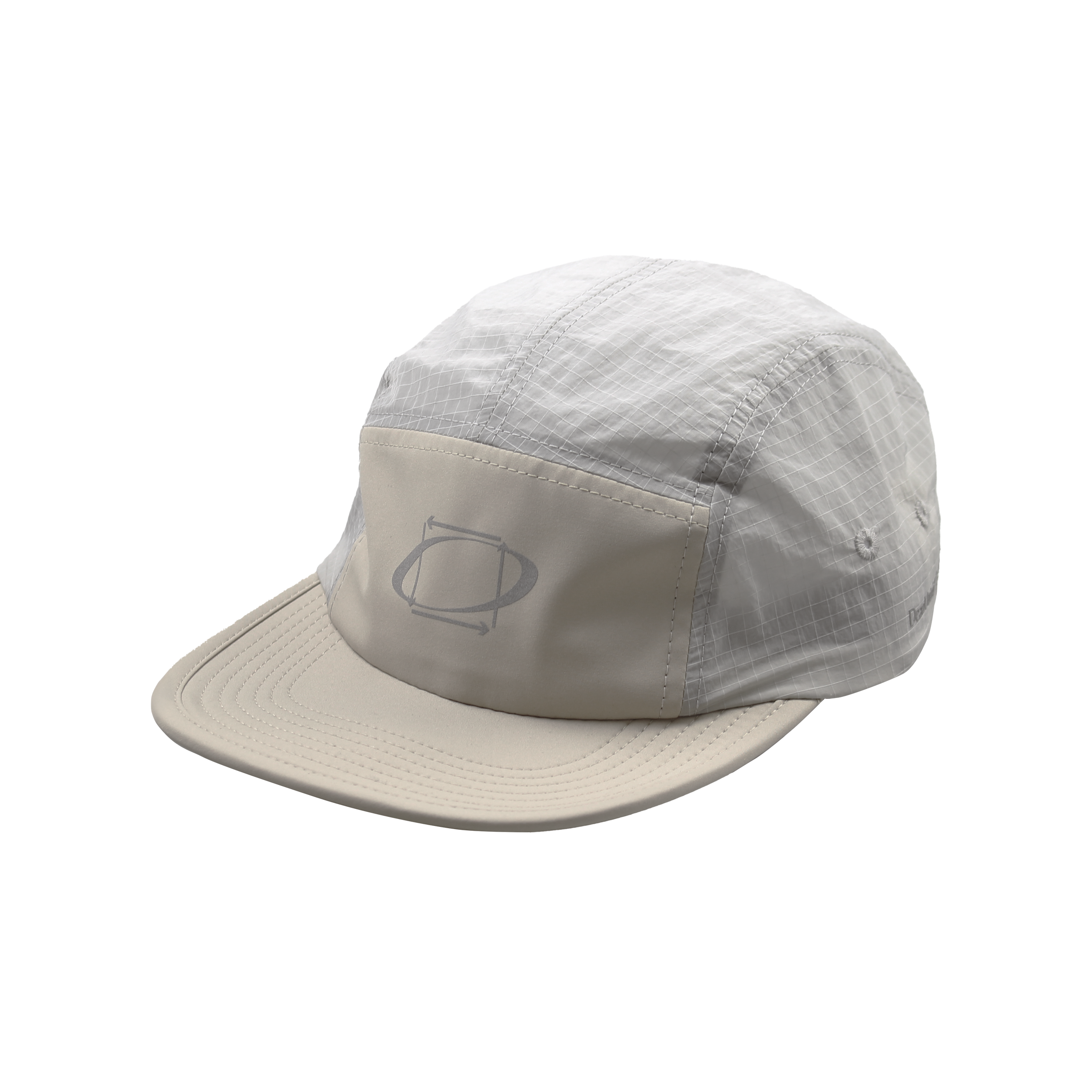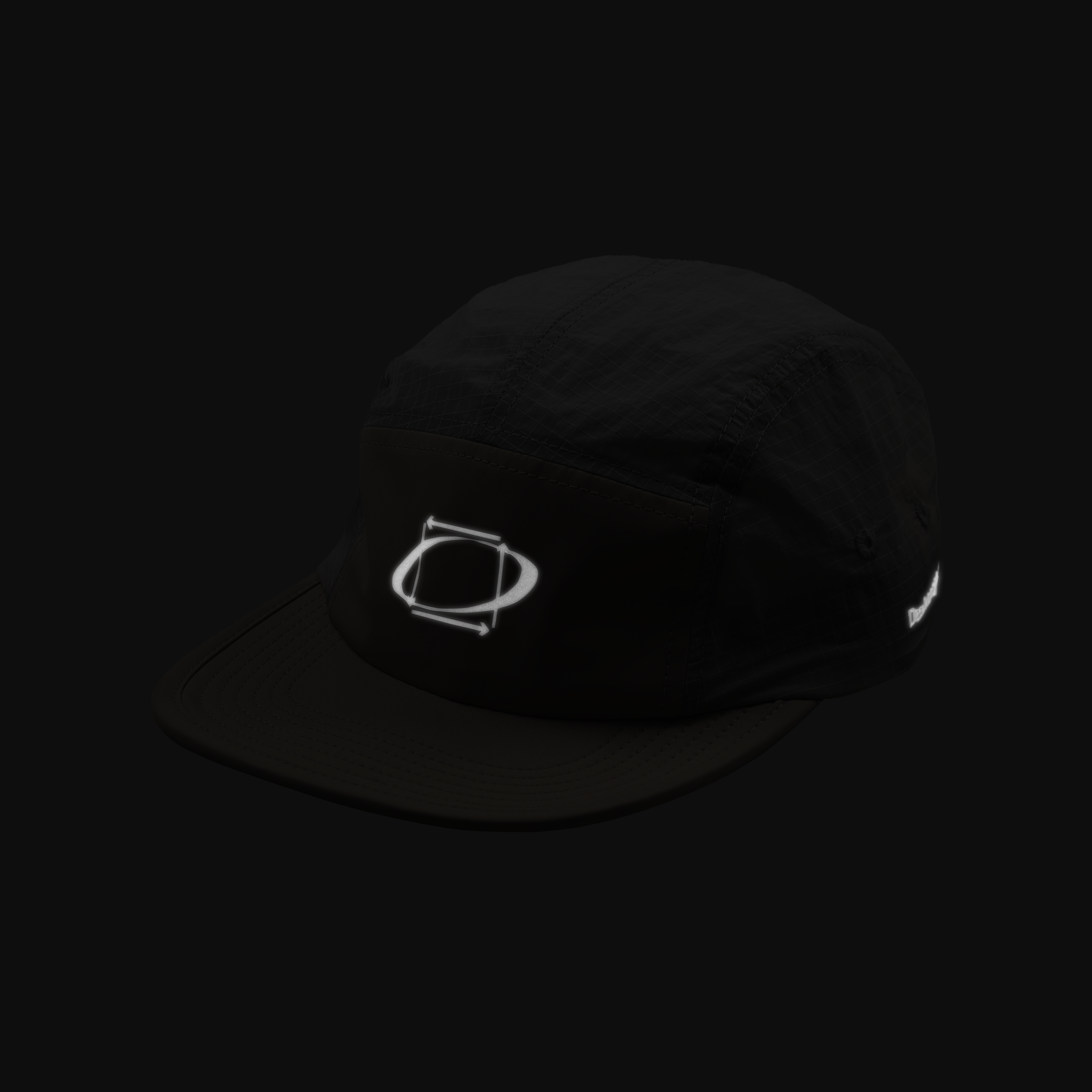Dancing in A Dream
Music holds lots of different qualities in which we can engage with. Beyond aural qualities, it holds verbal qualities – as in encouraging a listener to hum or sing, as well as kinaesthetic qualities. In which, movements, subtle or vigorous, can be triggered when listening to music. Subtle body movements such as swaying, tapping and dancing is common. However, they can intensify as listeners fall deeper into a dreamlike state. In severe cases, such movements become hyper intensified especially when a listener enters a deep subconscious dreamstate, which can occur in people diagnosed with a condition called Maladaptive Daydreaming.
“Definitely pacing. I can’t stop myself from doing that. I have to pace when I’m dreaming even if my feet ached or if it is two in the morning and I’m already in bed”
“The main thing I do is pace back and forth, always needing to touch the walls as if to bounce off of them. I rub my hands a lot as if I can feel the urge under my skin…”
But why does music trigger such behaviors in people?
Absorption
Referred to the state of intense focus on one particular aspect of awareness, absorption causes one's mental state to alter in which self-awareness and perception of other things fade away.
Some call this flow state or "being in the zone" which then acts as a gateway to triggering these bodily movements in people. And music is a key to opening these gates as it encourages transcendence, transporting people into a world where they have the freedom to play, move and explore.
Feeding the Dream
For those without Maladaptive Daydreaming, music has been widely used to facilitate movement, encourage flowstates or "facilitate their fantasies" (Ewbank, 2024). In some studies on music and movement, people struggling with reality listen to music to trigger a daydreaming state, allowing them to dive into their fantasy worlds where they can extract themselves from the reality they live in and deepen their altered state of conciousness. By extension, subconciously engaging in movement frees themselves from pain and stress.
"I always use music to daydream. I am able to daydream without it, but I won’t get euphoric, so I use it to feel very happy. It also makes me disconnect more efficiently." (Somer, 2024)
Visual Mental Imagery
In the moment of falling into a dream, visual mental imagery is also triggered which in turn leads to evoked emotion (Juslin et al., 2008). For some, visuals come first.
With the emotional tone of music linked to the amount and vividness of mental experiences (Martarelli et al., 2016; Taruffi & Küssner, 2019), how people move can be impacted by the kind of visuals they see which is caused by the emotive quality of the music they listen to. And this varies from people to people, what may be happy and nice sounding to some may be disturbing to others. Reactions and the kind of movements triggered as a result varies based on subjective factors.
But certain genres and frequencies have widely proven to be effective in triggering cathatic visual mental experiences and movements.
Ambient
Ambient music has been found to widely trigger flow states and even daydream-like behaviors in people.
This is because the compositional structure and frequencies of ambient music have the potential to trigger what is known as spatial-temporal reasoning, helping listeners to focus and in some cases, solve complex problems that they would otherwise be unable to solve without the aid of music.
Ambient music have emotive qualities that could unlock memory which in turn may trigger heavier emotions. This then triggers a state of cathartsis in some people as it transcends the listener into a moment of time where the emotive experience is bred from but to observe and acknowledge it from a higher state of being and maybe even with a clearer rationalistic mind. All in turn may trigger a stronger sense of dance, to ride along with the emotional barrage or to dispel negative energy or emotion.
Music and movement share such a deep-seated relationship. It's interesting to note about individuals with maladaptive daydreaming disorder and how music triggers such intense repeated movements in them. Despite such unfortunate cases, one can see how music has the power to trigger intense mental visuals and encourage deep states of dreaming. In such intense moments, people can enter a state trance, where they no longer reside in the world they live in, but in another world shaped by their mind as a result of sound.













